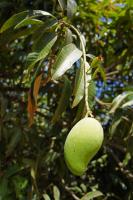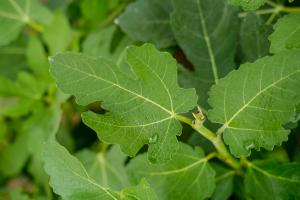Introduction
White spruce trees are an excellent choice for homeowners looking to add a touch of natural beauty to their landscapes. These hardy evergreens are a common sight in many parts of North America, and they make for an excellent choice for those looking for a low-maintenance tree that can withstand harsh weather conditions.
How Far Apart Should You Plant White Spruce Trees?
When it comes to planting white spruce trees, the most important factor to consider is the spacing between each tree. Proper spacing will help ensure that your trees have plenty of room to grow, while also preventing overcrowding and competition for resources such as sunlight, water, and nutrients.
A general rule of thumb when planting white spruce trees is to space them at least 10-12 feet apart. This distance should be measured from the trunk of one tree to the trunk of the adjacent tree. If you are planting multiple rows of trees, you may want to space them even further apart to allow for easier maintenance and pruning.
The spacing between trees can also vary depending on a few other factors, such as the size of the mature tree, the site conditions, and the intended use of the area. In general, larger trees will require more space than smaller trees, and trees planted in areas with poor soil or limited water may need to be spaced further apart to ensure they have enough resources to thrive.
Other Considerations for Planting White Spruce Trees
Aside from spacing, there are a few other key factors to consider when planting white spruce trees. These include:
Site conditions: White spruce trees prefer well-drained soil and full sun. They can tolerate a range of soil types, but they may struggle in areas with poor drainage or excessive shade.
Watering: While white spruce trees are relatively drought-tolerant, they will still need regular watering during their first few years of growth to help them establish a strong root system.
Maintenance: White spruce trees require little maintenance aside from occasional pruning to maintain their shape and remove dead or damaged branches. Pruning should be done in late winter or early spring.
Pests and diseases: White spruce trees are generally resistant to pests and diseases, but they can be susceptible to damage from spruce budworm, spruce needle rust, and other common pests and diseases.
Conclusion
Planting white spruce trees is a great way to enhance the natural beauty of your landscape while also providing valuable environmental benefits such as shade and wildlife habitat. Proper spacing between trees is essential to ensure that they have enough room to grow and thrive. By following these guidelines and taking proper care of your trees, you can enjoy the beauty and benefits of white spruce trees for years to come.

 how many times do yo...
how many times do yo... how many planted tre...
how many planted tre... how many pine trees ...
how many pine trees ... how many pecan trees...
how many pecan trees... how many plants comp...
how many plants comp... how many plants can ...
how many plants can ... how many plants and ...
how many plants and ... how many pepper plan...
how many pepper plan...






























